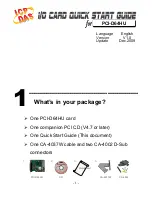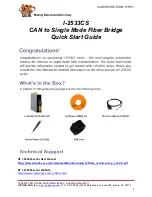
Interrupt, error, and system messages
4.2 Diagnostic messages of the electronic modules
IM151-1 HIGH FEATURE interface module (6ES7151-1BA02-0AB0)
Manual, 03/2008, A5E01075975-02
45
4.2
Diagnostic messages of the electronic modules
Actions following a diagnostic message in DPV0 mode
The error is entered in the diagnostics frame in the channel-specific diagnostics:
●
The SF LED on the interface module
●
Several diagnostic messages can be output simultaneously.
Actions Following a Diagnostic Message in DPV1 mode
Each diagnostic message triggers the following actions:
●
Diagnostics can be reported as diagnostic interrupts in DPV1 mode.
●
After a diagnostic message is signaled, the message is:
–
Entered in the diagnostic frame as a diagnostic interrupt block (always limited to one
interrupt)
–
written to the diagnostics buffer of the CPU
●
The SF LED of the interface module lights up.
●
OB 82 is called. If OB 82 is not available, the CPU goes into STOP.
●
Acknowledgment of the diagnostic interrupt (thereafter a new interrupt is possible).
4.3
Diagnostics with STEP 7
4.3.1
Reading out diagnostics
Introduction
The slave diagnostics comply with IEC 61784-1:2002 Ed1 CP 3/1. Depending on the DP
master, slave diagnostics can be read out with
STEP 7 for all DP slaves that comply with the
standard.
Length of the diagnostics frame
●
The maximum frame length for the ET 200S is as follows:
–
IM151-1 HIGH FEATURE (DPV0 mode): 64 bytes
–
IM151-1 HIGH FEATURE (DPV1 mode): 128 bytes
●
The minimum frame length is
–
6 bytes (identifier-related diagnostics, module status, and channel-specific diagnostics
disabled via parameter assignment).
















































